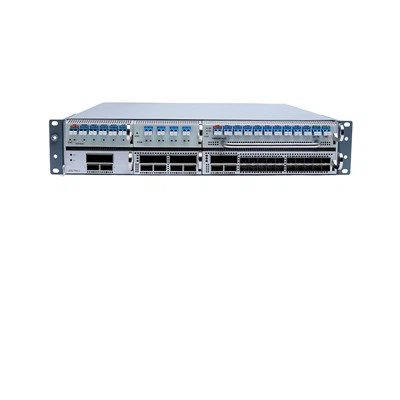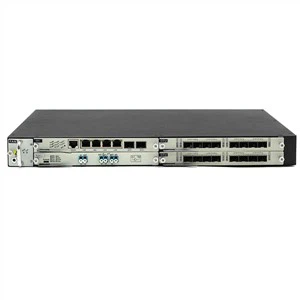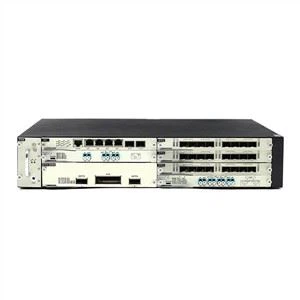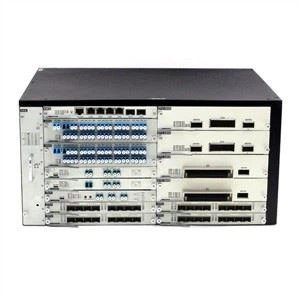As one of the regional network connectors, Fiber Converter must be compatible with the surrounding environment, as well as the stability and reliability of its own products. On the contrary, no matter how low the price is, it cannot be favored by customers.
1. Does it support full duplex and half duplex?
Some chips on the market can only use full duplex environment, cannot support half duplex, if the SWITCH or HUB of another brand, and it uses half duplex mode, it will certainly cause serious conflict and packet loss.
2. Have connection tests been done with other fiber optic transceivers?
There are more and more fiber-optic transceivers on the market. The compatibility of different brands of transceivers is not tested in advance, which will lead to packet loss, long transmission time, and rapid and slow and so on.
3. Is there a safety device to prevent packet loss?
Some manufacturers in the manufacture of optical fiber transceiver transceivers, in order to reduce costs, often use Register data transmission mode, the biggest disadvantage of this way is the transmission of instability, packet loss, and the best is to use buffer line design, can safely avoid data packet loss.
4. Temperature adaptability?
High heat will be generated when the optical fiber transceiver itself is used. When the temperature is too high (not greater than 85°C), does the optical fiber transceiver work properly?
5. Is it in line with IEEE 802.3U standard?
If the optical fiber transceiver conforms to IEEE802.3 standard, that is, the delay time is controlled at 46bit, if more than 46bit, it means that the distance transmitted by the optical fiber transceiver will be shortened.





















